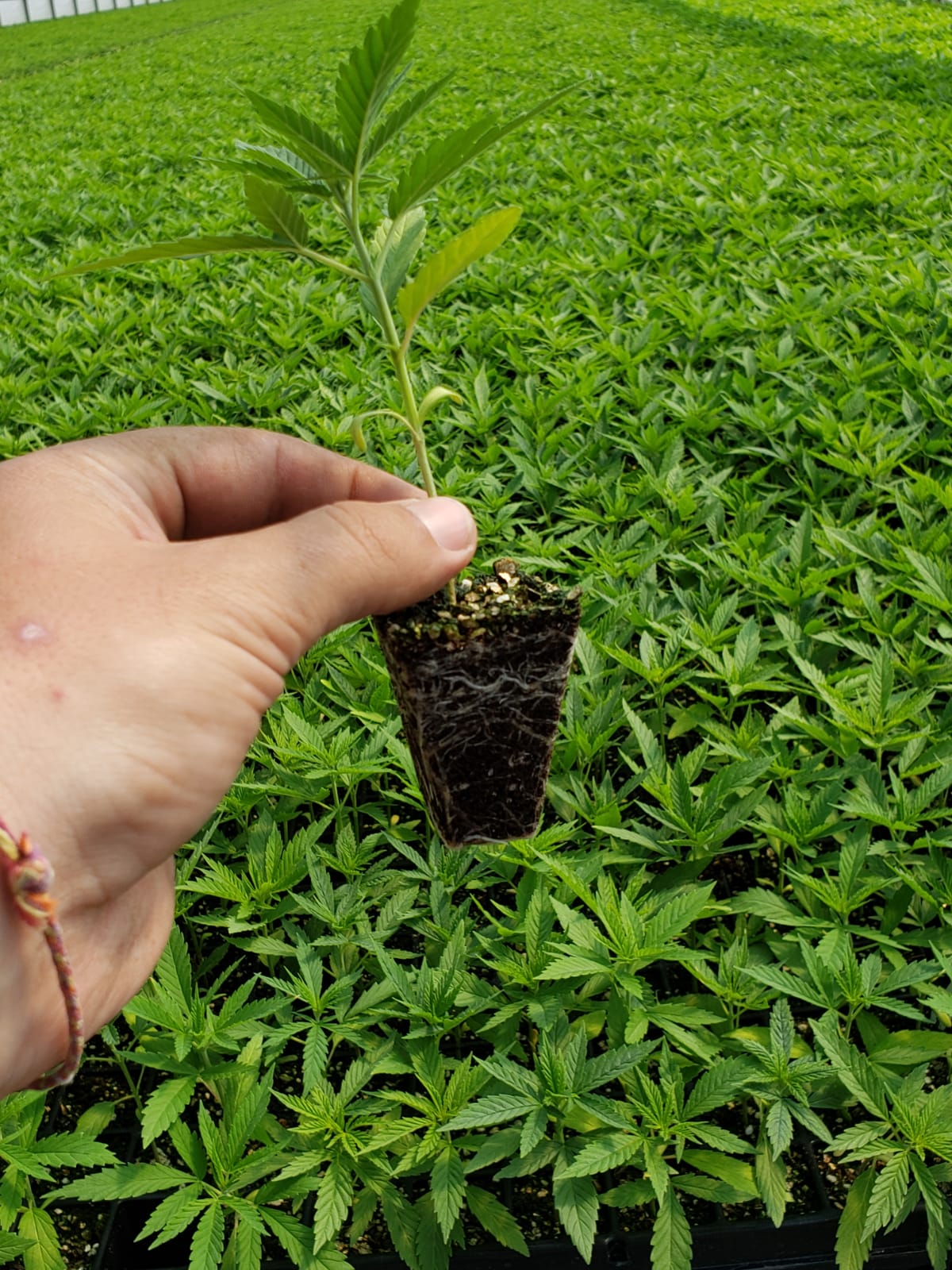Feeding Your Soil - Step #5
Inspection before planting
All of the soil testing in the world won’t provide the insight that your eyes will. Not only is a visual inspection of both your soil and plants important, it’s absolutely essential. Your soil should be at least “worked” an inch or so down. A small land disturbance event is important not only for transplant efficiency, but also for the initial phase of root stretching into the soil. A highly compacted soil will slow the development of delicate root radicales. You can still have what is considered a “no till” system by simply breaking up the surface of the soil. Tilling 6”, 12”, 18”, 24” actually disturbs microbial layering and growth as well as destroying the valuable mycorrhizal shelf that helps plants communicate with themselves and each other. A visual inspection of your soil should include you physically walking out into your field, grabbing a handful of dirt and working it around in your hands. It should smell earthy, fragrant, minerally, and should be able to be formed into a ball without turning into mud, dust or a brick.

A visual inspection of your plants should consist of an inspection of the root zone to ensure the roots are healthy, clean and prolific; it should include a closer look at the plant above the ground (both on top of and underneath the leaves) to monitor for deficiencies, pest, disease, blemishes, discolorations or abnormal growth. Any problem you notice should be dressed immediately before you allow the plant to progress into later stages or be transplanted out.
Now, this all assumes you started with healthy plants! Going into the field with a sub-optimal plant can misguide growers to question their nutrients, which may be completely off-base. Sub-optimal plants can throw off season timing entirely with plants that a) don’t take, b) leave a hole in your field or c) require keeping additional plants in reserve to hand transplant when needed. All of these things will cost you time, money and many-a headache. Thorough preparation will mitigate these risks and make your season more predictable.


Leave a comment